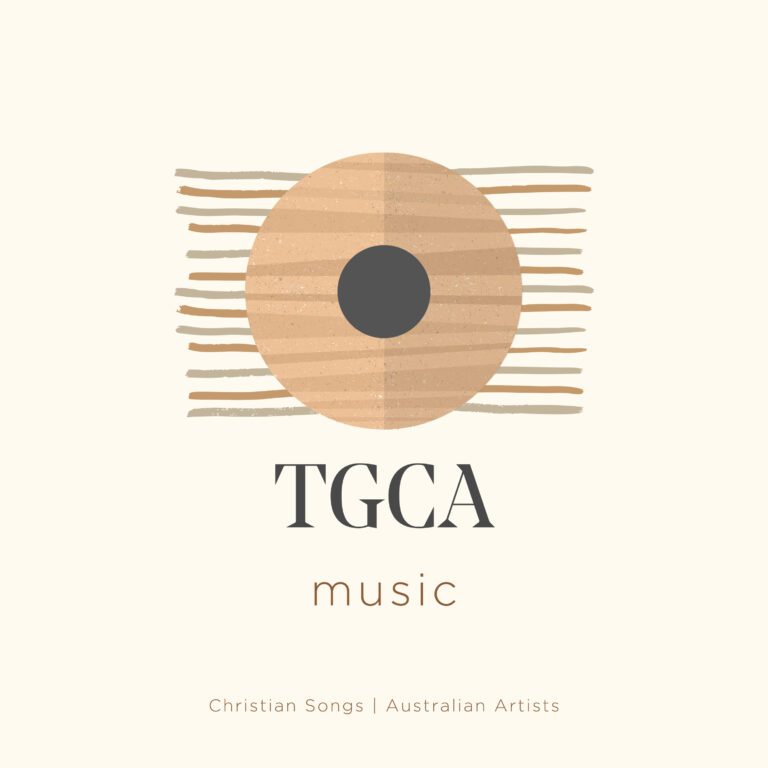Part of the series “My Year In…”
2024 was the year of books about stories. I read stories that were real, made-up, and squarely in between. Some were heavy on the allegory and metaphors, others were straight-forward and explicit.
All were lyrical, eloquent and had enormous transportive powers. All proved to me that one never gets too old for stories. Do yourselves a favour and pick them up in the new year.
1. Boy Swallows Universe (Trent Dalton)
Dalton’s writing infuses a deep sense of hope, optimism and resilience into his young protagonists born into less-than-ideal environments on society’s fringes.
It’s a sibling duo growing up in a working-class and drug-laced family in 1960s Queensland (Boy Swallows Universe), a young girl surviving the two-edged violence inflicted by her father and the Japanese invasion of the Northern Territory (All Our Shimmering Skies) or a teenager growing up homeless on the banks of the Brisbane river in 2023 (Lola in the Mirror). You can’t imagine how the characters will get themselves out of their messy lots in life, but you have faith Dalton will achieve this for them.
In Boy Swallows Universe, twelve-year-old Eli Bell is just trying to be a good kid and prepare for Christmas. But with a heroin dealer as a stepfather, a mute older brother, a mother in jail, and a drug tycoon at their family dinners, things aren’t looking too good. This book follows Eli’s efforts to get a cadetship at his local paper, break his mother out of jail and bust one of Brisbane’s most notorious drug rings. It may be hard to believe that such a book could be hilarious, heart-warming and characterised by love.
Boy Swallows Universe largely draws from Dalton’s own childhood and family background. This interview with Dalton is worth listening to, to get a sense of his writing style.
2. The Blood Miles (Andrew Moody)
There are a lot of parallels between the protagonist’s journey from his town to Central, and a Christian’s earthly journey to Heaven. Moody loves Easter eggs, and he peppers this novel with them.
I remember texting the friend who recommended it to me: ‘Why was the man covered in zinc?!’ ‘What is the cube?’ ‘Why did they take off their Travellers’ coats? Is Andrew saying you can lose your salvation?!’ (He isn’t).
My favourite scene is when a fellow Central-bound Traveller decides to call on their Maker for help, despite years of stagnancy. We are provided the assurance that, despite the passage of time and the Traveller’s lukewarmness, help will come, simply because ‘he belongs to the Envoy’ of the great city (373) (Jer 29:13).
The Blood Miles is a great example of how fiction can prompt deeper thinking on spiritual realities. I share Scott Monk’s sentiment of this book, both in his praise and quibbles.
3. Shadow of the Almighty: The Life and Testament of Jim Elliot (Elisabeth Elliot)
Largely drawn from Jim Elliot’s personal diaries and letter exchanges with friends and family, this memoir covers Jim’s life from childhood, right up to the moment of his murder by members of the Aucan tribe in the Ecuadorian jungles.
Jim’s entries are deeply personal and reflective. Though written a generation ago, his reflections remain urgent and true as gospel work presses on to reach far-flung places of the world.
Jim’s story got me thinking: what’s the difference between him and I? Are we not commissioned by the same Lord, with the same mission (Matt 28:18–20)? Don’t we both have the same Spirit living in us? Why then, are our lives marked by such different levels of fervency?
My prayer is to grow in single-mindedness, and to have, like the Elliots, ‘one treasure, a single eye, and a sole Master’ (71). As Elisabeth reflects, ‘Is the distinction between living for Christ and dying for him so great? Is not the second the logical conclusion of the first?’ (11). Indeed, perhaps we’ve erroneously made the distinction far too great in our own lives.
4. The Chronicles of Narnia (C. S. Lewis)
I remember enjoying this series through long and hot summer days. Although I’ve read it as a child, I enjoyed it more as an adult. For an excellent introduction to each book, read Jacob York’s article.
The Horse and His Boy, a relatively unknown ‘filler’ book in Narnia’s history, is my favourite. I love that the central character is a horse named Bree, whose rider, Shasta, is described as ‘his boy’. Both Shasta and Bree struggle with very human doubts.
Here Lewis covers their journey towards a Narnia they have only heard of. They get in and out of scrapes, share doubts on whether Aslan would ever accept them—who have lived like a foreigner and ‘dumb horse’ their whole lives—and find out who they truly are.
The Horse and His Boy paints a compelling picture of doubt and hope, and a faith that is ultimately rewarded.















